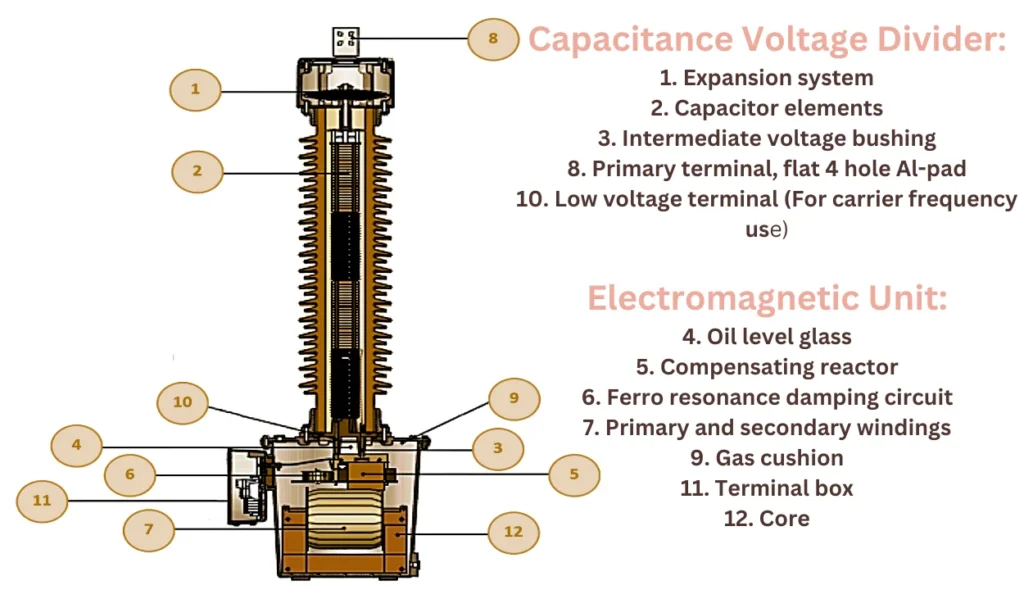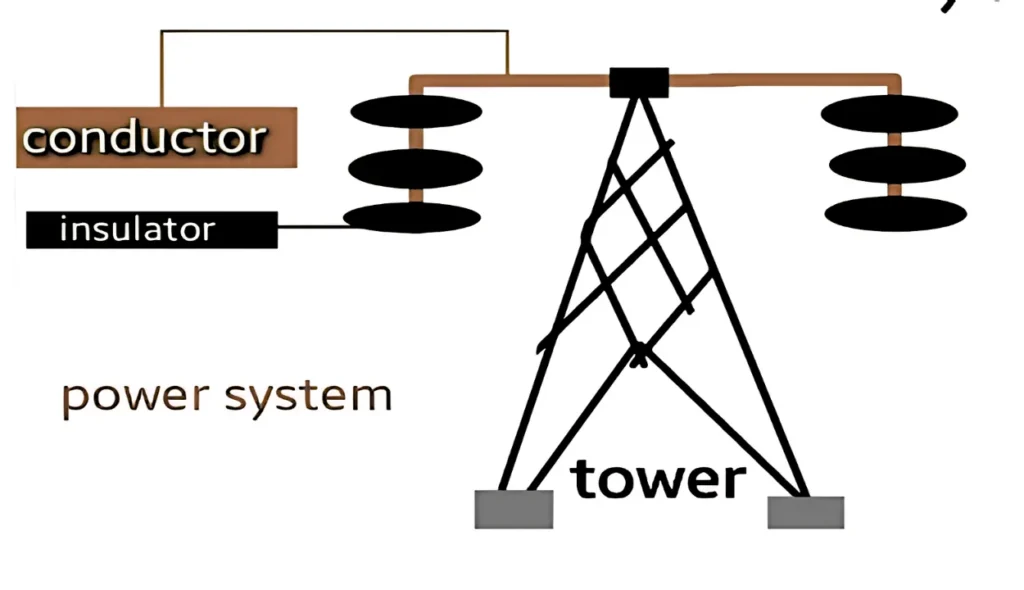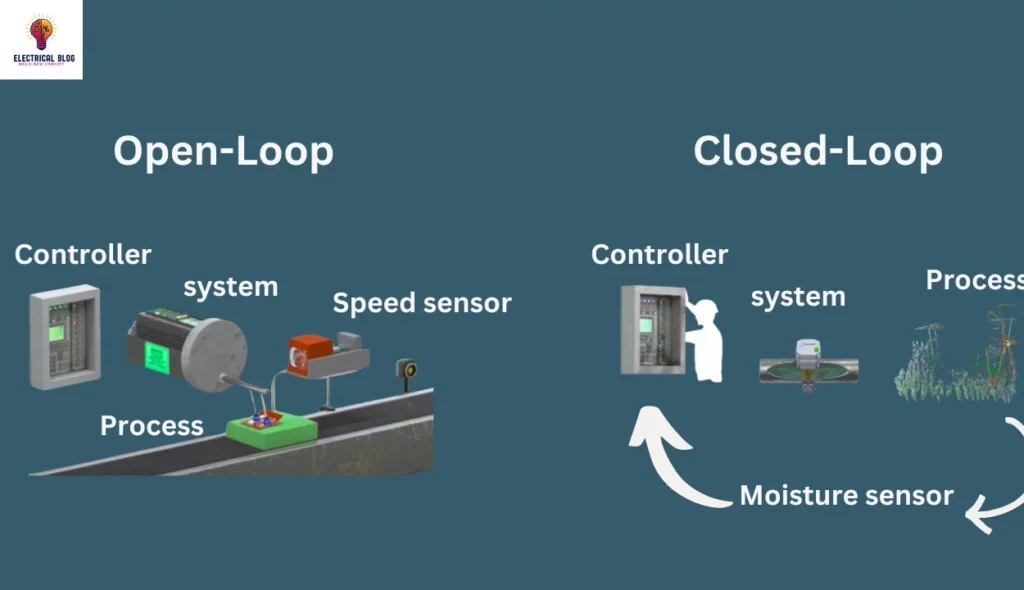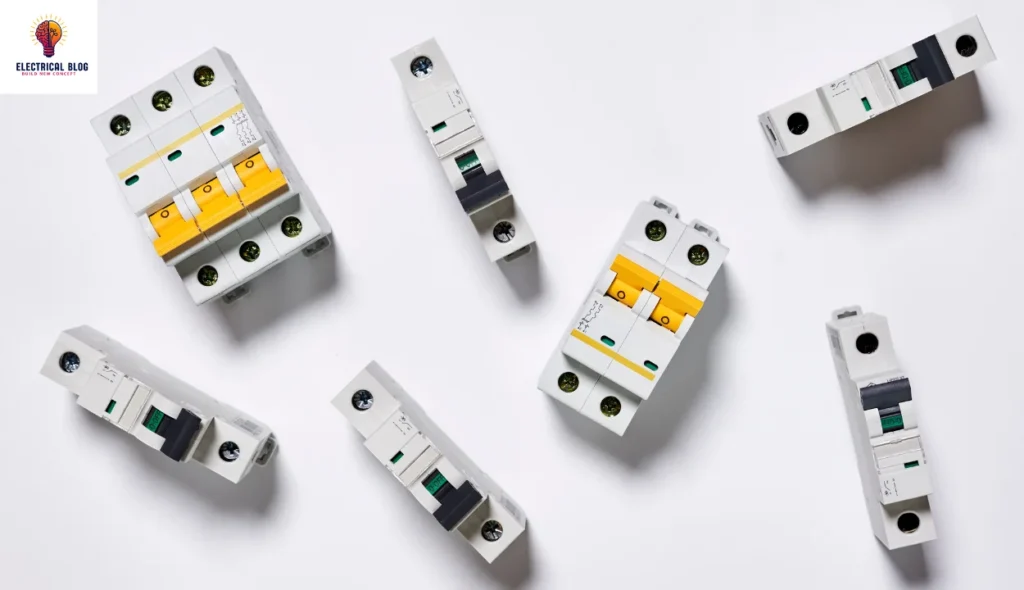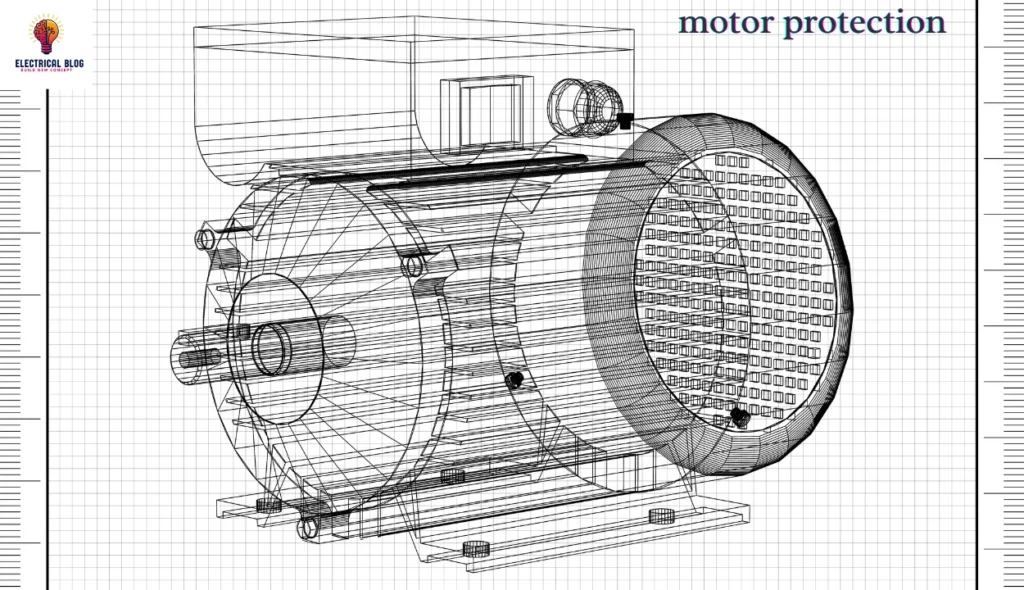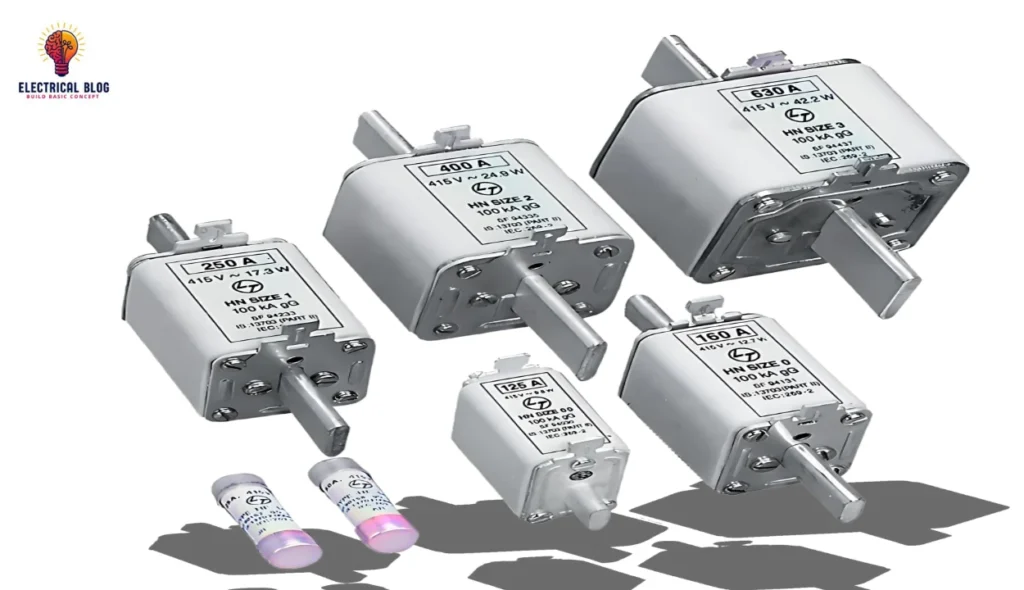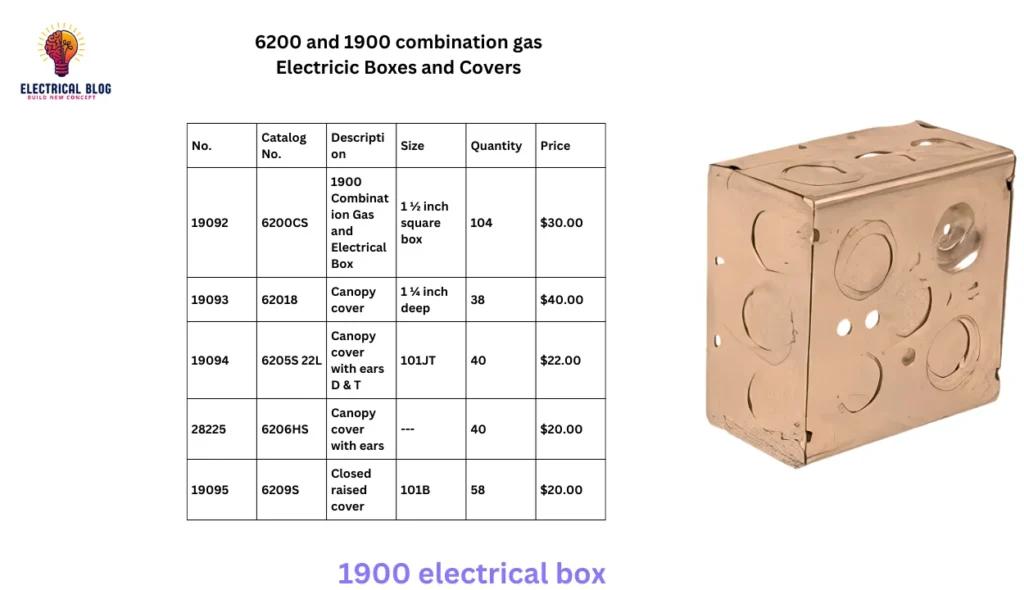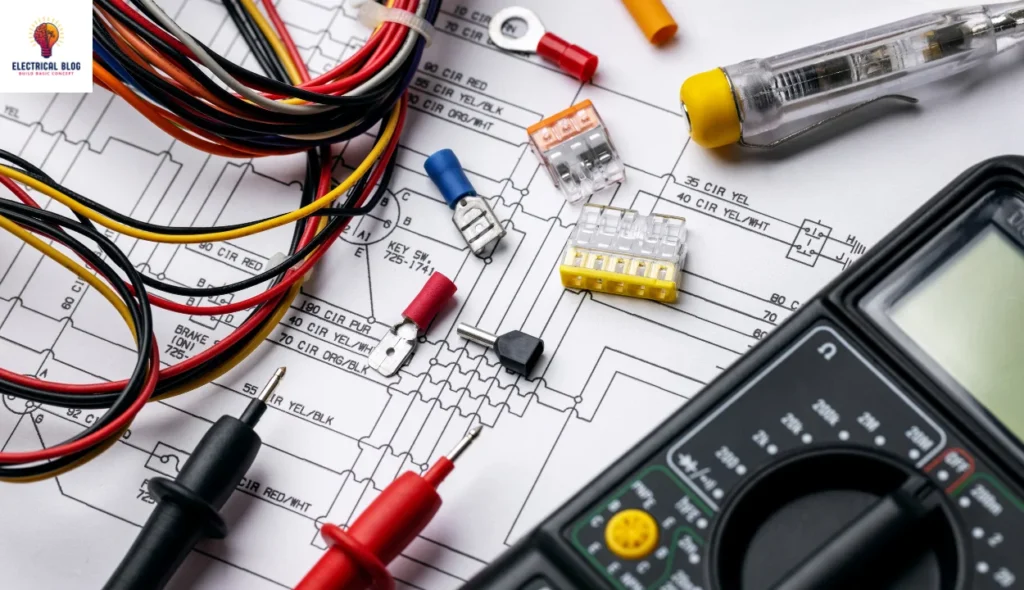Capacitive Voltage Transformer: A Quick Guide
Introduction The capacitive voltage transformer (CVT) is an essential device in the electrical industry, offering a range of applications and benefits across multiple domains. Over the past decades, it has significantly evolved, driven by advancements in development and the need for more accurate voltage measurement solutions. With its working principle rooted in transformer technology, the […]

